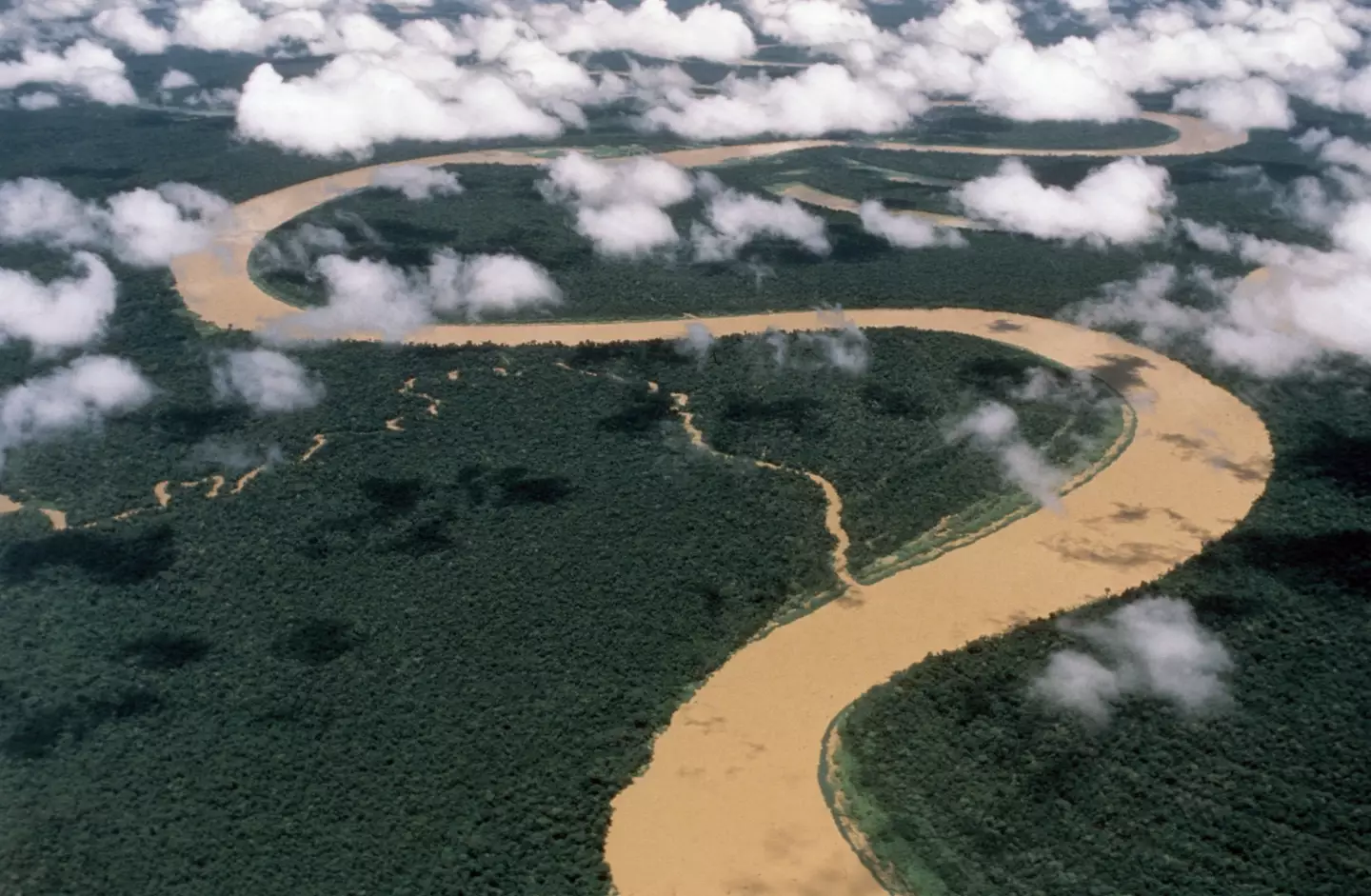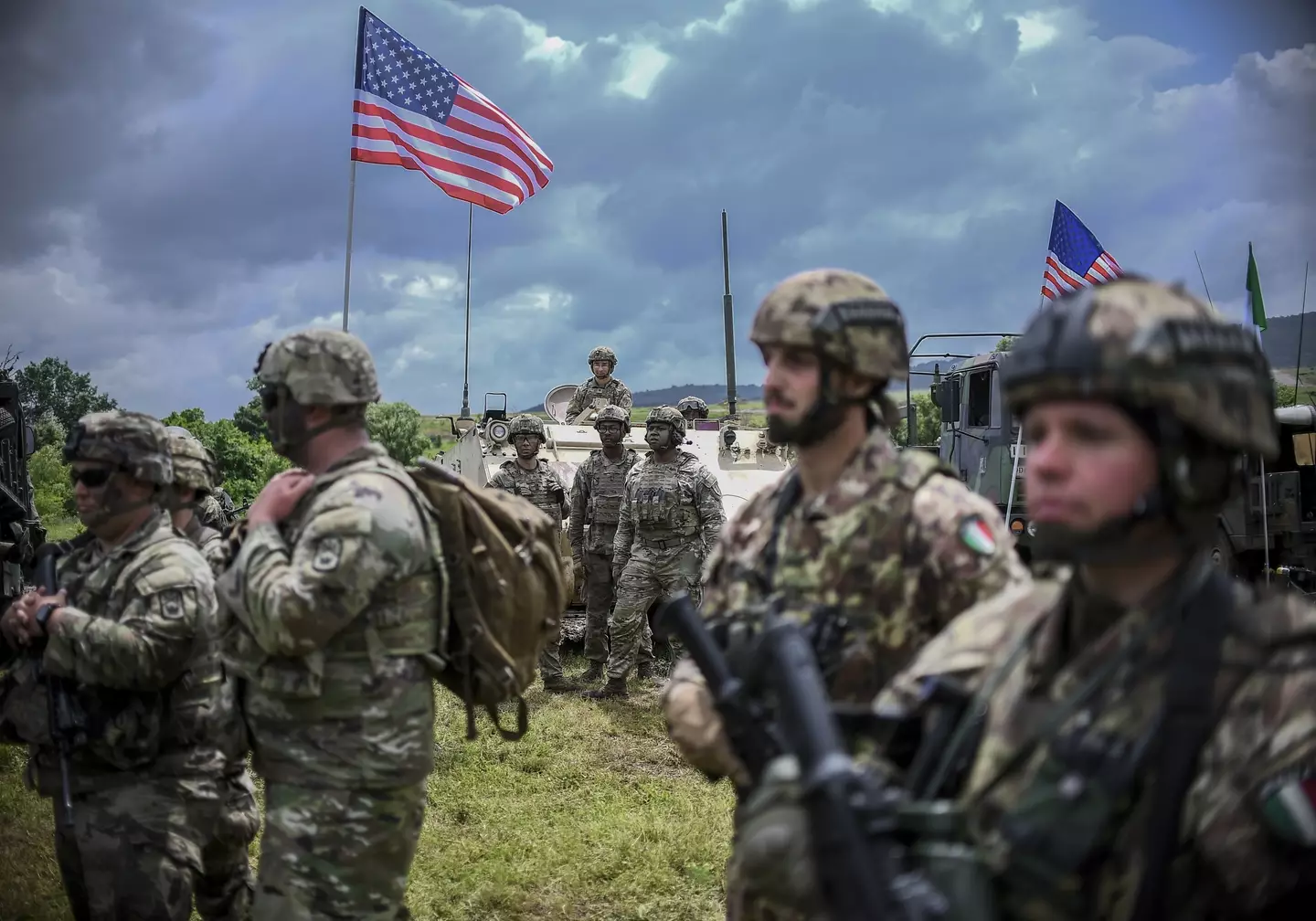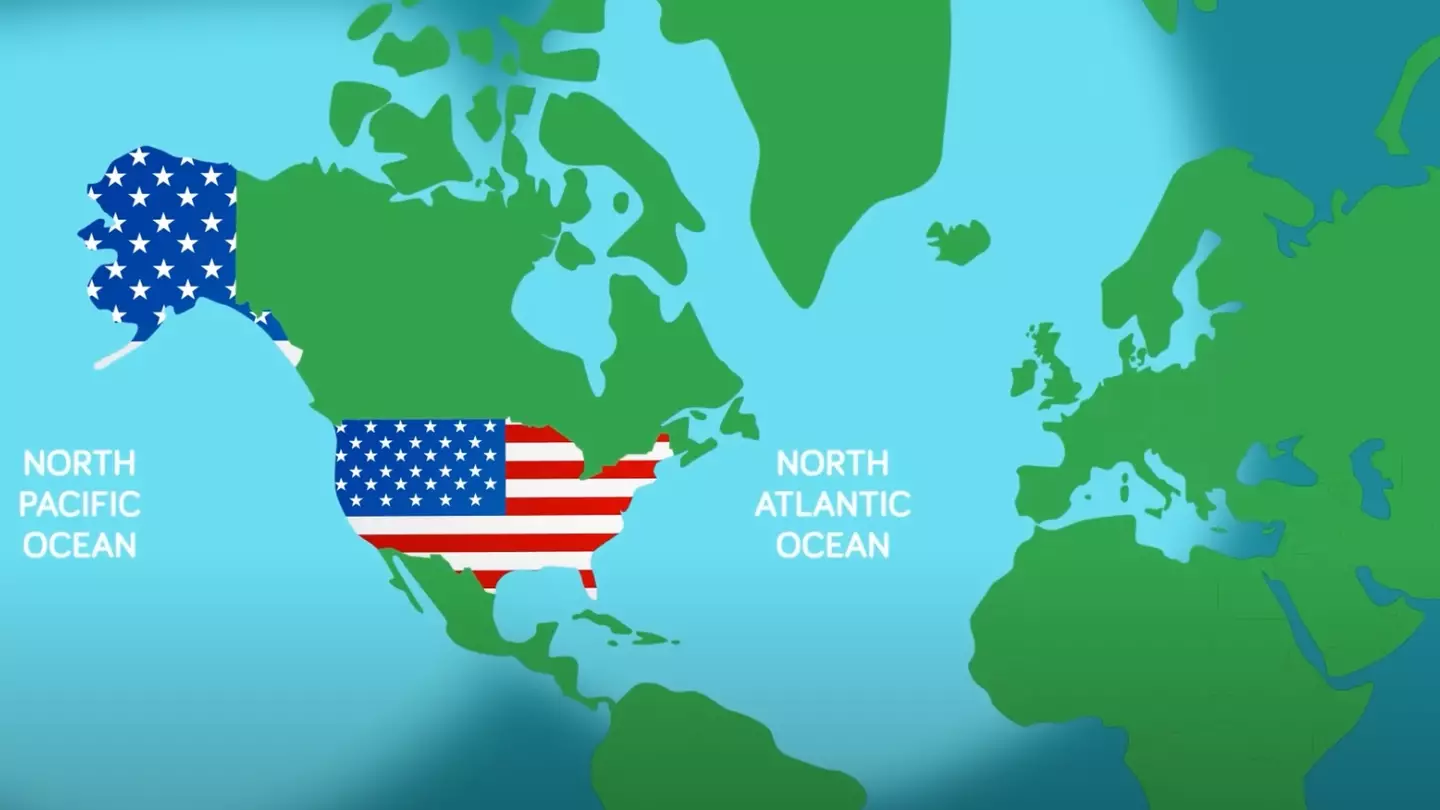In a world where political tensions are constantly simmering, the possibility of a global conflict, such as World War 3, remains a topic of concern. A video has surfaced, exploring which countries might remain unaffected in the event of such a crisis.
The idea of an impending international war isn’t new and has been speculated upon since the end of World War 2. Although alliances for a hypothetical World War 3 are uncertain, it’s clear that nations currently in opposition aren’t likely to join forces unless under extraordinary circumstances.
Ongoing disputes involving major powers like China, the US, and Russia heighten fears of an imminent global conflict. Some nations might be more insulated from these tensions due to their strategic advantages.
A video simulation by The Infographics Show on YouTube examines which countries could be nearly impregnable if a large-scale war were to erupt.

For instance, the US is well aware of the challenges posed by Iran’s geography in the event of a conflict. The nation’s mountainous terrain provides significant natural defenses.
The Zagros and Alborz Mountains create formidable barriers for any land-based military operations, with routes that are difficult to traverse and easy to defend.
An amphibious assault on Iran also poses challenges, primarily due to its adept missile capabilities.
The mountainous regions make it complicated to both invade and occupy the country.
Australia, surrounded by ocean on all sides, poses its own set of challenges for potential invaders. Although it has strong alliances with countries like the US and much of the West, the geographic distance from these allies makes invasion less feasible.
The video points out that during World War 2, Japan had to travel nearly 4,000 miles to launch an assault on Australia.
Countries in Southeast Asia are geographically closer, yet they face the difficulty of carrying out amphibious or aerial landings due to the lack of a land connection to Australia.
Much like Iran, Brazil’s terrain significantly aids its defense capabilities. Inland borders are protected by dense jungles, described in the video as almost ‘completely impenetrable.’
The more accessible southern borders involve crossing bridges over water, which are vulnerable to defense measures.
While naval invasion is possible, the vast distance across the Atlantic Ocean presents a major hurdle for potential aggressors.

Brazil boasts the second most powerful military in the Americas, a robust navy, and is well-equipped to fend off invasions.
Switzerland also benefits from its geography, with any invasion requiring an uphill assault, due to its mountainous terrain.
The video explains that Switzerland’s storied history of neutrality in global conflicts is partly due to its natural defenses, allowing it to remain unaffected by warring neighbors.
Even superpowers like the US and China would find the task of invading Switzerland daunting, given the anticipated losses they would incur.
The US, although lacking mountain barriers, remains a formidable challenge for any invader.
An attempted invasion would require crossing either the vast North Pacific or North Atlantic oceans.

Potential aggressors would need to either bypass or negotiate with the US’s allied nations in Europe or the Americas.
The United States also ranks among the world’s wealthiest nations, with a highly funded military, and maintains numerous military bases globally, allowing for preemptive counterattacks.
The video discusses that powerhouses like Russia might struggle, given their ongoing inability to conclude a conflict with Ukraine, despite its proximity.
While China might fare better, it lacks the necessary naval capabilities for a distant war.
Though the simulation outlines countries that are difficult to invade, history has shown that unpredictable events can alter any scenario…

